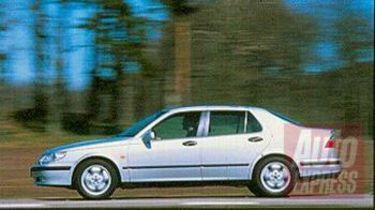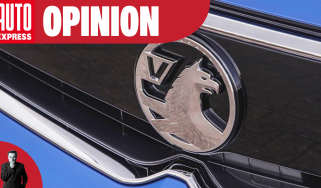Saab SVC
There's no getting away from it. If you want big performance in a big car, then you need to have a big engine. Trouble is, choosing a powerful V6 or V8 over a smaller powerplant brings with it hefty fuel bills and increased exhaust pipe emissions.

There's no getting away from it. If you want big performance in a big car, then you need to have a big engine. Trouble is, choosing a powerful V6 or V8 over a smaller powerplant brings with it hefty fuel bills and increased exhaust pipe emissions.
But that's not the way Saab sees it. The Swedish firm has built a revolutionary 1.6-litre five-cylinder engine that produces a hefty 225bhp and 350Nm of torque, yet returns the fuel economy of a four-cylinder 1.6-litre powerplant.
So how does it work? Well, the key is the firm's new SVC (Saab Variable Compression) system that constantly varies the engine's compression ratio - one of the most important factors in the combustion process. As a general rule, fuel is burned more efficiently if the mixture in the cylinder head is under as much pressure as possible - around 14:1 is the perfect figure. Most have a compression ratio (pressure in the combustion chamber) of around 9:1 - which strikes a balance between power, fuel efficiency and reliability.
Saab's SVC system can alter the volume of (and therefore the pressure within) the combustion chamber via an innovative tilting cylinder head. When cruising, the compression ratio is at its highest - 14:1, allowing the cleanest burn and maximum fuel efficiency.
However, when extra power for acceleration is required, the system lowers the compression ratio and engages a supercharger that forces more fuel and air into the combustion chamber. Because the variable compression is flexible and the supercharger so potent, Saab has reduced the capacity of the engine to only 1.6 litres. As a result, fuel consumption is comparable to standard 1.6s - over 30mpg, with low emission levels, too.
Although the engine is still in its prototype phase, we drove an SVC-equipped 9-5 automatic on the roads surrounding Saab's Trollhattan factory. In terms of power delivery and acceleration, the new unit is nothing short of amazing. The engine feels strong and remarkably flexible and transition bet-ween compression modes is seamless. And as the engine uses many standard components, the technology is financially viable, and will probably cost about the same as a V6.
Now in the final phase of development, the SVC is tipped to make its public debut in 2003 - around the same time as an all-new 9-5 model. And with more to come in the shape of combustion control and other engineering breakthroughs, Saab's dream of asserting itself as the most technically advanced player in the executive market looks set to come true.
If the early signs are anything to go by, Saab is on to something big. The SVC system may sound complicated but it works exc-eptionally well. As the emphasis on fuel consumption and emissions grows, engines such as this are likely to become more important. With the might of General Motors behind it, this could be one of the biggest technical breakthroughs in decades.
At a glance
*Revolutionary 1.6-litre five-cylinder SVC engine alters compression ratio to suit speeds
*High-compression mode for cruising, low-compression supercharged mode for acceleration
*225bhp, 350Nm, over 30mpg
*Production version due 2003






